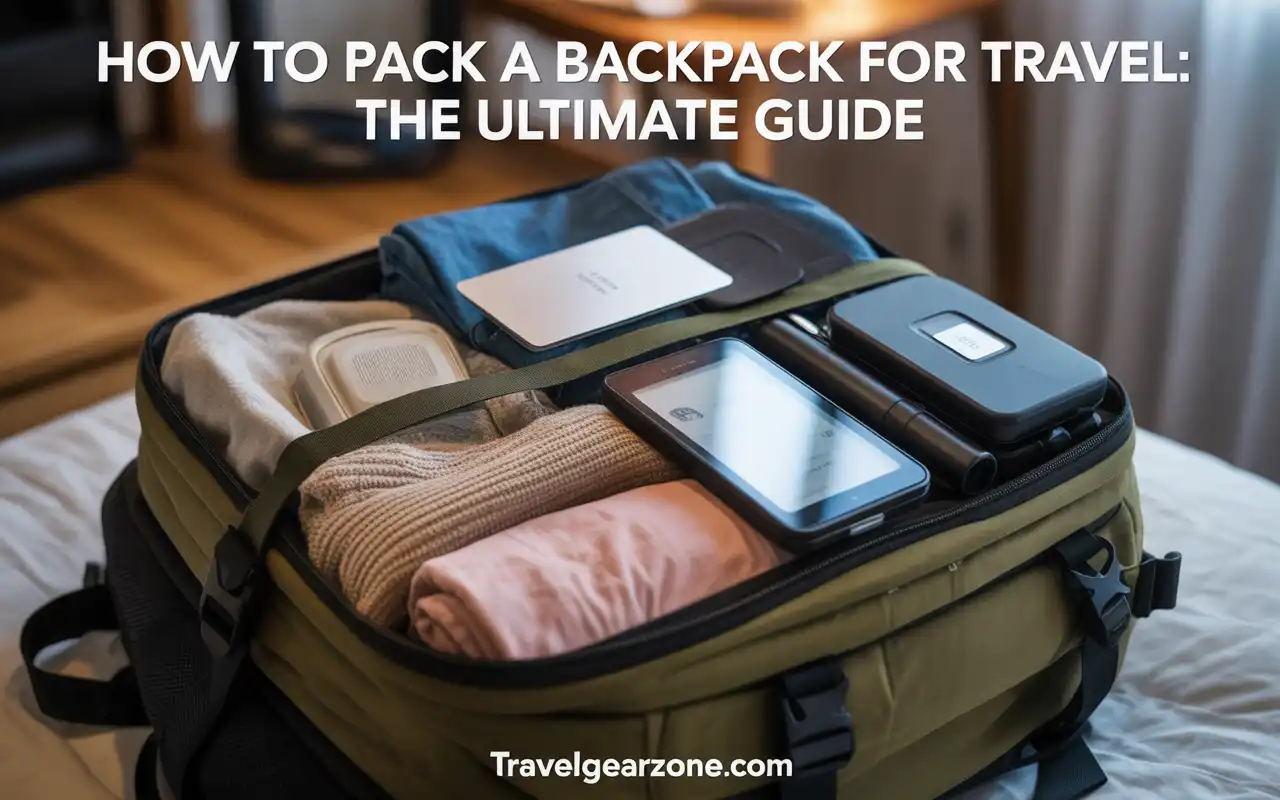How to Pack a Backpack for Travel: The Ultimate Guide
If you’ve ever sprinted across a train platform in Rome with a backpack digging into your shoulders—or stood at an airline counter in Madrid frantically repacking to meet Ryanair’s carry-on rules—you already know that smart packing is as important as your ticket.
Over the years, I’ve learned how to pack a backpack for travel not just from guidebooks but from hard lessons: forgotten rain jackets in Thailand, carrying far too many clothes in Peru, and once even losing a charger in a Moroccan souk because my bag was chaos inside.
Packing right changes everything. It’s not just about fitting more in; it’s about travel freedom. When your gear is balanced, essentials are easy to reach, and weight is under control, moving through airports, buses, and mountain trails becomes effortless. I’ve tested systems across continents—40+ countries, from budget hostels in Southeast Asia to high-altitude treks in South America—and the right approach makes the difference between exhaustion and ease.
By the end of this guide, you’ll know exactly what to carry, how to pack a backpack for travel efficiently, and how to wear it comfortably, whether you’re heading out on a weekend city break, an international flight, or a month-long trek. The goal isn’t just saving space, but creating a system that makes travel lighter in every sense.
Choosing the Right Backpack (Foundation of Packing)
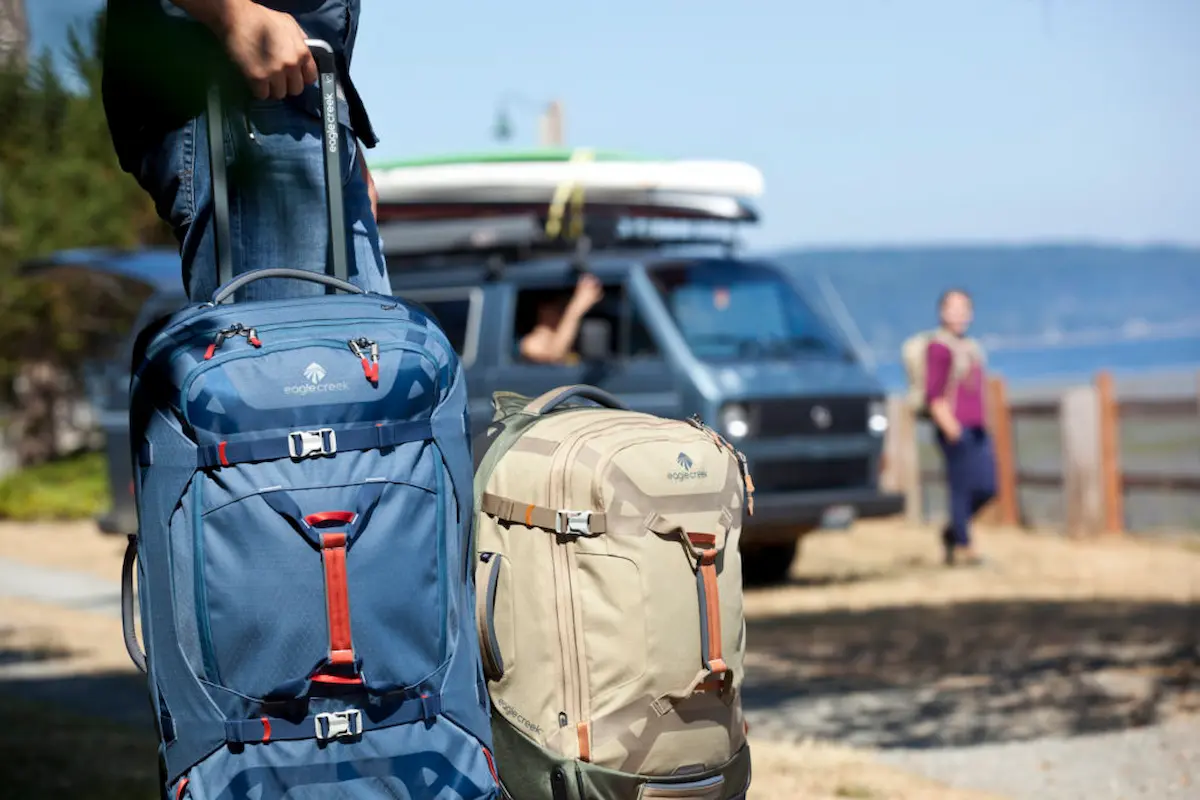
Before you even think about what to pack, the backpack itself sets the stage. Over the years, I’ve tested packs from cheap street-market buys in Istanbul to high-end outdoor brands recommended by Swiss guides in Zermatt. Here’s what really matters:
- Size & Capacity
For city trips, a 30–40L backpack is ideal—it forces you to stay minimalist but still holds enough for 4–5 days. Two-week international trips feel balanced with 50–65L, while anything over 70L is expedition territory (useful only for mountaineering or long wilderness treks). I once carried a 75L pack through Vietnam, and honestly, it was overkill for urban travel. - Backpack Types
Travel backpacks open like suitcases—fantastic for airports and hostels. Hiking backpacks are top-loading and better for trails, with stronger frames and hip belts. Hybrid convertible packs give you both, though they can feel heavier. For example, my hybrid 45L pack was perfect for South America where I switched between jungle trails and city buses. - Fit & Comfort
Always test straps. Adjustable shoulder straps, a padded hip belt, and good ventilation (mesh back panels are lifesavers in tropical heat) make hours of carrying much easier. A poorly fitted pack once gave me bruises after a week in Guatemala—never again.
Choosing the right pack is the foundation of how to pack a backpack for travel. If the bag itself isn’t suited to your trip style, even the best packing system won’t save you.
Core Packing Principles Every Traveler Should Know
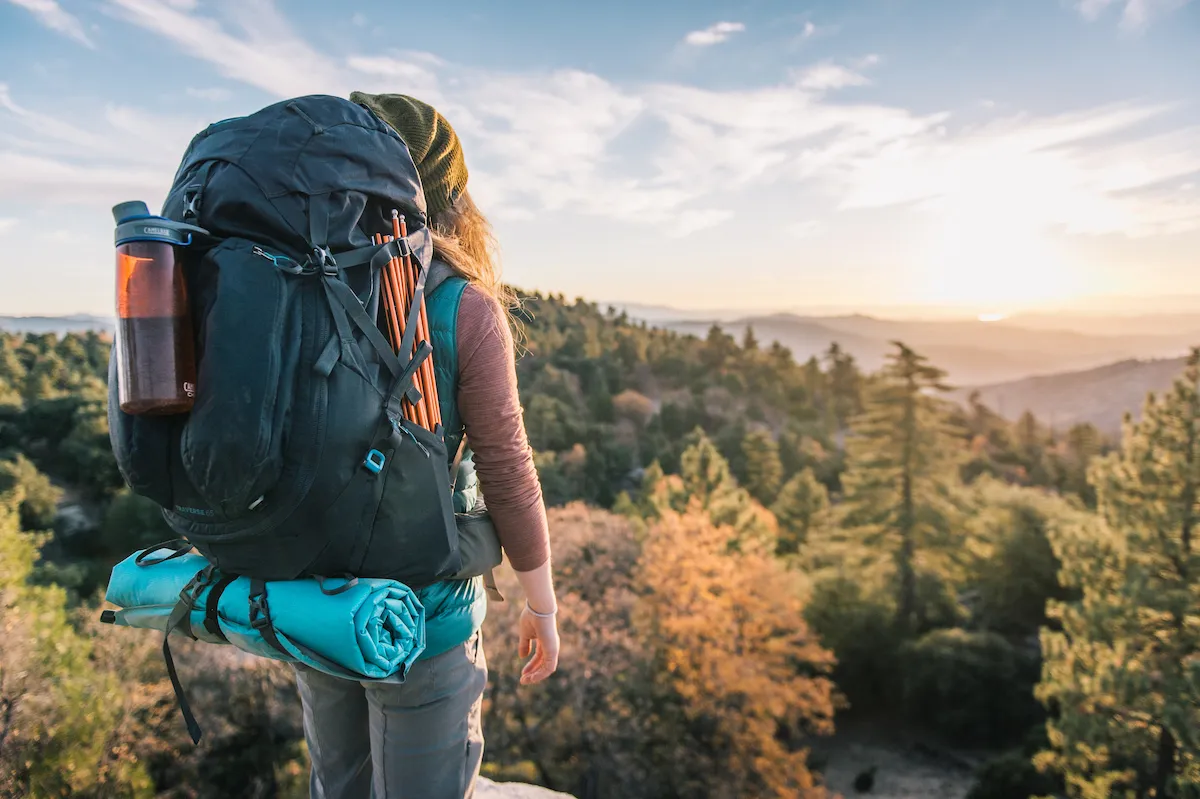
After dozens of long trips, I’ve come back to a few golden rules that never fail:
- Pack Light, Versatile, Layerable
You don’t need seven outfits. Quick-dry shirts, one good pair of pants, and layers that work in multiple settings are enough. In Patagonia, layering a thermal under a rain shell saved me from both sun and sudden snow. - The 80/20 Rule
No matter how much you pack, you’ll wear the same 20% of your clothes 80% of the time. I learned this after dragging a “just in case” shirt through Europe without ever wearing it. - Weight Distribution
Heavy items (shoes, electronics, chargers) should sit close to your back, lighter items (jackets, toiletries) toward the outside. Once in Nepal, I ignored this and stuffed my shoes at the top—my balance on mountain trails was terrible. - Accessibility Matters
Essentials like passport, water bottle, power bank, and snacks should live in top compartments or quick-access pockets. Digging through your bag in a crowded Mexican bus station is not fun, trust me.
The principles of how to best pack a backpack for travel aren’t complicated—but skipping them can turn an adventure into frustration.
Essential Packing Checklist
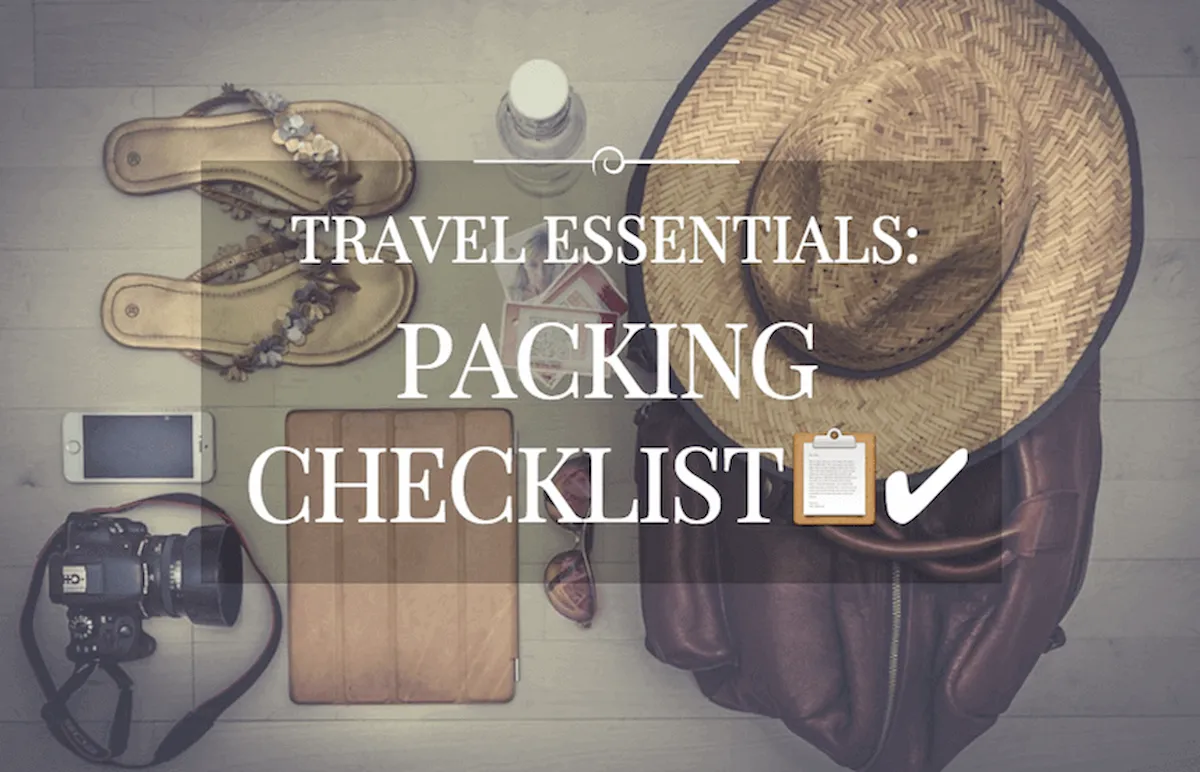
After years of refining what works (and ditching what doesn’t), here’s a checklist that balances practicality, versatility, and comfort. Think of it as the ultimate traveler’s toolkit.
1. Travel Documents & Tech
- Passport, visas, ID copies (stored separately).
- Travel insurance papers (I once had to show mine in Bali after a scooter crash).
- Phone, charger, power bank, and universal adapter.
- Backup: cloud-stored documents, printed copies in case of theft.
2. Clothing (Layer & Versatility Focused)
- 3–5 quick-dry shirts (mix casual & active wear).
- 2–3 bottoms: jeans, lightweight pants, and shorts.
- Lightweight jacket & rain shell (a lifesaver in Ireland).
- 5–7 pairs of underwear and socks.
- Optional: one versatile dress/skirt.
- Shoes: one pair of sneakers and one pair of sandals/flip-flops.
3. Toiletries & Health
- Travel-sized essentials in reusable containers.
- First aid kit (bandages, meds, sanitizer).
- Sunscreen, sunglasses, and a wide-brim hat (I learned the hard way in Morocco’s desert).
4. Gear & Accessories
- Reusable water bottle.
- Travel towel (microfiber dries fast).
- Packing cubes or compression sacks (essential for backpack organization).
- Small lock, travel pillow, sleeping mask, earplugs.
5. Extras for Specific Trips
- Hiking: trekking poles, headlamp.
- Beach: swimsuit, microfiber towel.
- Cold Weather: thermals, gloves, beanie.
Over time, this list has worked for me everywhere—from Ryanair carry-on limits in Europe to backpacking South America. With this system, you’ll avoid overpacking while covering every essential.
Step-by-Step Guide: How to Pack a Backpack Efficiently
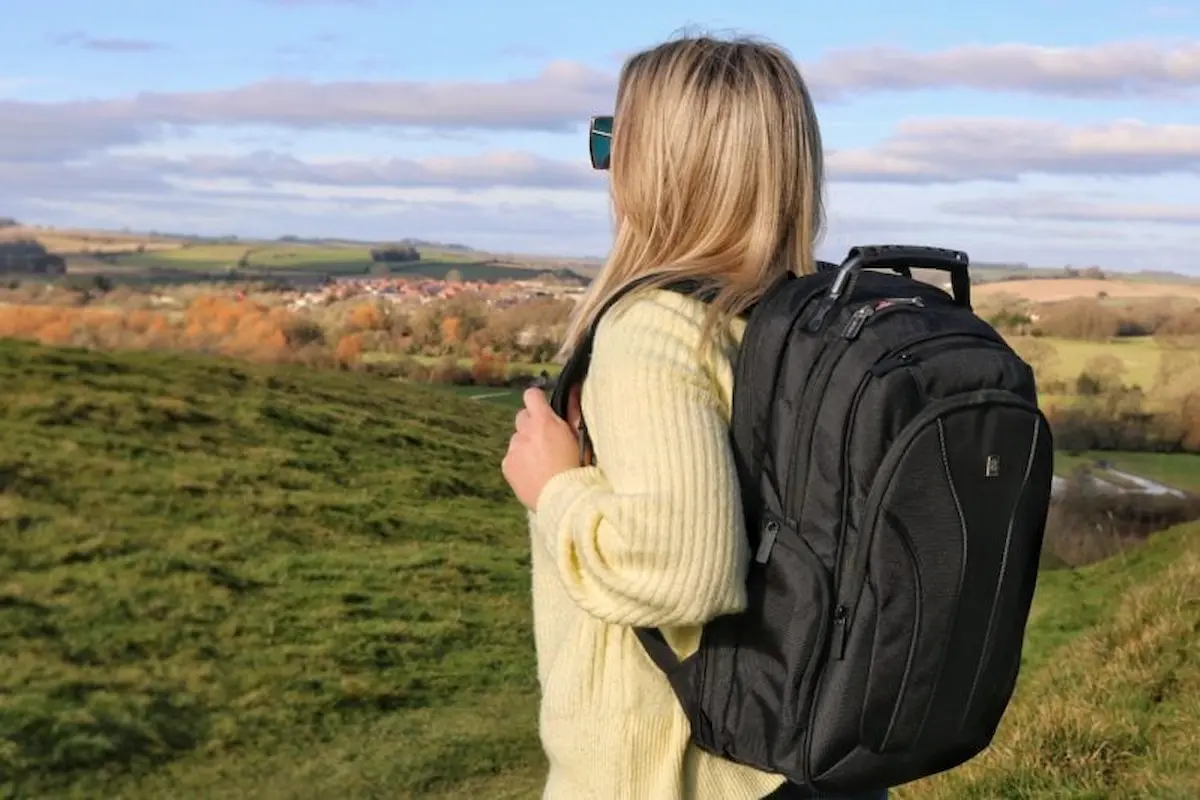
After trial and error across dozens of trips—some smooth, some a logistical nightmare—I’ve developed a step-by-step method that works whether you’re figuring out how to pack a 40L backpack for travel or preparing a larger bag for long-term adventures.
Step 1: Lay Everything Out
Put every single item on the floor or bed. Seeing it all at once helps you edit ruthlessly. I once caught myself packing three jackets for a spring trip to Spain—laying them out showed me how ridiculous that was.
Step 2: Use Packing Cubes or Compression Sacks
Packing cubes are lifesavers for backpack organization. I keep shirts in one, underwear/socks in another, and electronics in a smaller cube. Compression sacks are great for bulkier items like jackets, but remember they make access harder.
Step 3: Roll vs. Fold
Rolling saves space for lightweight items and keeps clothes wrinkle-free. I fold only structured pieces like jeans or jackets. When I experimented with both in Japan, I realized rolling not only gave me more packing space but also made finding items easier.
Step 4: Place Heavy Items Close to Your Back
Shoes, electronics, chargers, and even travel toiletries should sit near the pack’s center of gravity, close to your spine. This makes long walks much easier. Ignoring this once in Peru made my pack sway like a pendulum—never again.
Step 5: Fill Gaps with Soft Items
Stuff socks, underwear, or even a travel towel into small gaps. This improves packing balance and protects fragile items.
Step 6: Essentials on Top & Outer Pockets
Passport, snacks, travel electronics (like power banks), and a rain jacket should go where you can grab them instantly. Perfect for airports, buses, or sudden downpours.
Step 7: Test & Adjust
Once packed, put the backpack on. Adjust the shoulder straps, hip belt, and chest strap. A good fit should make the pack feel lighter than it is.
👉 Think of your backpack as zones:
- Bottom: Sleeping bag or shoes.
- Middle (close to back): Heavy items (laptop, toiletries, chargers).
- Top: Clothing, lighter items.
- Outer Pockets: Passport, water bottle, travel documents, quick snacks.
This system is universal—whether you’re learning how to pack a backpack for air travel or prepping for a multi-day hike.
Travel-Specific Packing Strategies
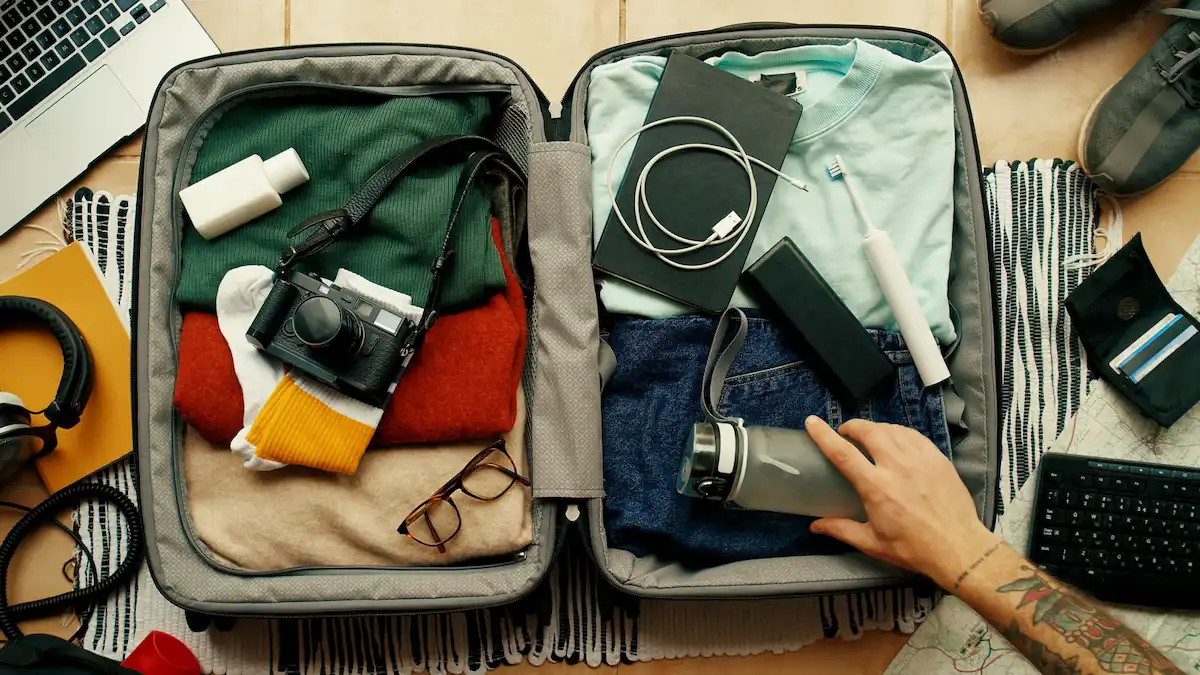
Not every trip is the same, and neither should your packing strategy be. Here’s how I adjust depending on the journey:
Weekend City Break (2–3 Days)
- Use a small 30–35L travel backpack.
- Pack 2 shirts, 1 pants/shorts, and minimal toiletries.
- Rely on a packing checklist to avoid overthinking.
- A small travel backpack keeps you mobile for buses, metros, and budget airlines like Ryanair.
Two-Week International Trip
- A 45–55L pack is the sweet spot.
- Mix versatile clothing: 4–5 shirts, 2 pants, 1 shorts, light jacket.
- Plan for laundry once a week.
- Use packing cubes to separate clean from dirty clothes.
- Don’t forget travel insurance papers—I had to use mine in Thailand after a scooter accident.
Backpacking / Hiking Adventure
- Go technical: a 55–65L hiking backpack with hydration bladder, rain cover, and strong hip belt.
- Prioritize safety items: headlamp, first aid kit, compass.
- Lightweight, quick-dry clothing is essential. I learned the hard way that cotton holds sweat on the Inca Trail.
Digital Nomad / Remote Work Trip
- Choose a backpack with a padded laptop compartment.
- Cable organizers, portable Wi-Fi, and power adapters are musts.
- Pack versatile clothes that work for both coworking spaces and casual evenings out.
- I once forgot my adapter in Lisbon—since then, I always keep a spare universal charger in my outer pocket.
Whether you’re figuring out how to pack just a backpack for travel or planning a full-scale expedition, tailoring your system to your trip type is what keeps things efficient.
Common Packing Mistakes to Avoid
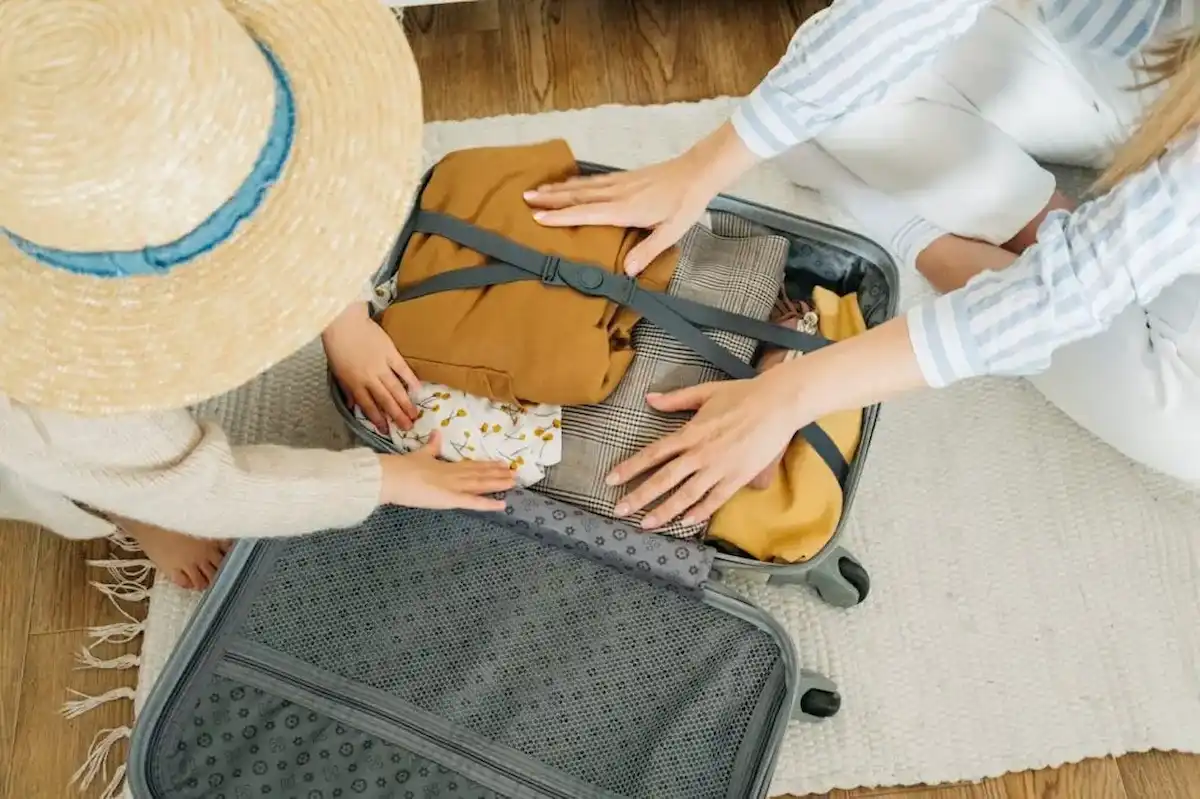
Even experienced travelers (myself included) fall into these traps. Here are the big ones:
- Overpacking “Just in Case”
Bringing five extra shirts you’ll never wear adds unnecessary backpack weight. I carried too many “just in case” outfits through Central America and ended up donating half to a hostel. - Ignoring Airline Carry-On Rules
Budget airlines—especially Ryanair—are strict about backpack size. Learn how to pack a small backpack for travel if you want to avoid extra fees. - Forgetting a Daypack
A small foldable backpack or sling bag is invaluable for day trips. I’ve had to carry water bottles and cameras in plastic bags more times than I’d like to admit. - Not Securing Liquids Properly
Nothing ruins a trip like shampoo exploding on your clothes. Always use leak-proof containers or Ziplocs for liquids. - Improper Weight Distribution
If your heavy gear is too high or far from your back, the strain can make a short walk unbearable.
Mistakes are part of learning, but sharing mine here should save you a lot of unnecessary stress when deciding how to best pack a backpack for travel.
Expert Packing Hacks & Insider Tips
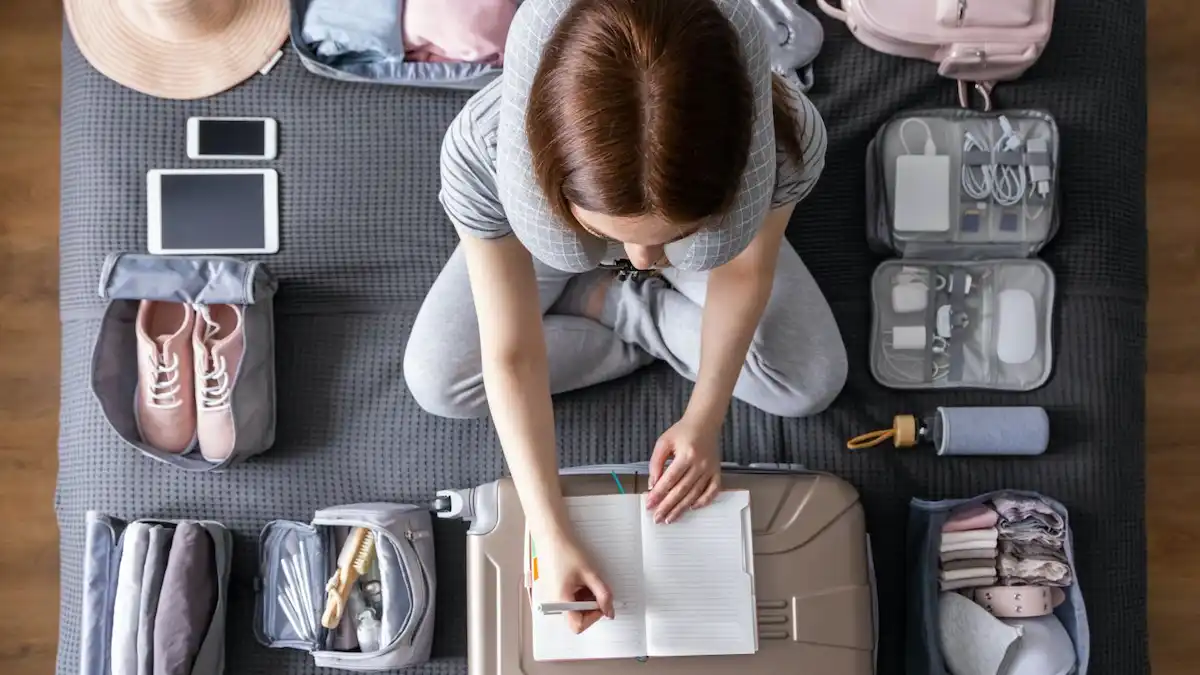
Over time, I’ve picked up little tricks that consistently make life easier:
- The Rule of 3: Pack only 3 of each clothing type (shirts, underwear, socks). Do laundry instead of carrying extra.
- Wear Bulkiest Items on Travel Days: Saves packing volume and keeps you warmer on cold flights.
- Dual-Use Items: A scarf can double as a blanket; a sarong can be a towel, picnic mat, or curtain.
- Compression Bags with Care: Great for saving packing space, but don’t overuse them—they make repacking at airports stressful.
- Hidden Emergency Cash: I keep a folded $20 bill in a sock inside my bag. It’s saved me during card problems in Cuba.
- Backpack Rain Cover: Always pack one. A sudden storm in Bali taught me this the hard way.
- Versatile Travel Shoes: Choose shoes that work for city walking and light hiking. Carrying multiple pairs eats up space.
These packing hacks are the difference between struggling and traveling with confidence. With the right system, how to pack a backpack for travel becomes less about stress and more about freedom.
Final Words: Pack Smart, Travel Freely
After years on the road, I’ve learned that figuring out how to pack a backpack for travel is less about cramming everything in and more about creating freedom. The lighter, more organized, and more intentional your bag, the easier your journey becomes.
Packing is really about choices—choosing comfort over clutter, essentials over “just in case” extras. Whether you’re mastering how to pack a small backpack for travel on budget flights, organizing travel accessories for a digital nomad trip, or planning how to pack just a backpack for travel through multiple countries, the goal is the same: balance, efficiency, and freedom.
Some of my best travel memories—like hiking across Torres del Paine in Chile with nothing more than a 55L pack or catching a last-minute Ryanair flight in Milan with a 40L carry-on—came down to the way I packed. When your gear supports your adventure instead of weighing you down, every step feels lighter.
So next time you’re laying out your gear, remember: smart packing isn’t about squeezing in more. It’s about creating space—for movement, for comfort, and for experiences that matter most.
✈️ Pack smart, travel freely… and let your backpack become a companion, not a burden.
Frequently Asked Questions
Over the years, I’ve heard countless questions from fellow travelers—in hostels, airports, and long bus rides. Here are the most common ones, answered from real experience:
1. How many liters should my travel backpack be?
It depends on the trip. A 30–40L is perfect for a city break or budget airline flights (how to pack a backpack for travel Ryanair often means sticking to 40L). For longer trips, 50–65L is the sweet spot. Anything above 70L is for expeditions, not casual travel.
2. What’s better: rolling or folding clothes?
Rolling works best for shirts, underwear, and quick-dry layers—it saves packing space and keeps wrinkles away. Fold bulkier items like jeans or jackets. I use both depending on the item.
3. How do I pack for both hot and cold destinations?
Layers are the secret. A light base layer, a mid-layer (like a fleece), and a rain shell. I once traveled from sunny Barcelona to snowy Zurich in the same week with just one backpack by layering smart.
4. What’s the max weight I should carry?
A good rule: never exceed 20% of your body weight. For most, that’s 10–12kg. Anything more ruins comfort—even with the best backpack straps and hip belt.
5. Can I use a hiking backpack for flights?
Yes, but be cautious. Hiking packs often exceed carry-on size limits. If you’re wondering how to pack a hiking backpack for air travel, remove external straps/poles, tighten compression, and add a rain cover for protection.
6. How do I pack clothes in a backpack for travel without wrinkles?
Roll lightweight items and use packing cubes. For formal wear, fold carefully and place it flat in a cube or between layers. I once carried a dress shirt for a wedding in Italy—rolling ruined it, folding worked.
7. Is a 40L backpack enough for a two-week trip?
Yes, if you pack light and do laundry. I managed how to pack a 40L backpack for travel across Southeast Asia for 15 days with just 3 shirts, 2 pants, and daily washing.
8. What’s the best way to organize a backpack?
Think zones: heavy items close to the back, clothes in cubes, essentials in outer pockets. This system works for how to best pack a backpack for travel no matter the destination.
9. How do I pack fragile items like electronics?
Wrap them in soft clothes or use padded sleeves. Keep them in the middle of the bag for balance and protection.
10. What’s the smartest “extra” to carry?
A foldable daypack. It takes no space but becomes invaluable for day trips, groceries, or carrying souvenirs.

